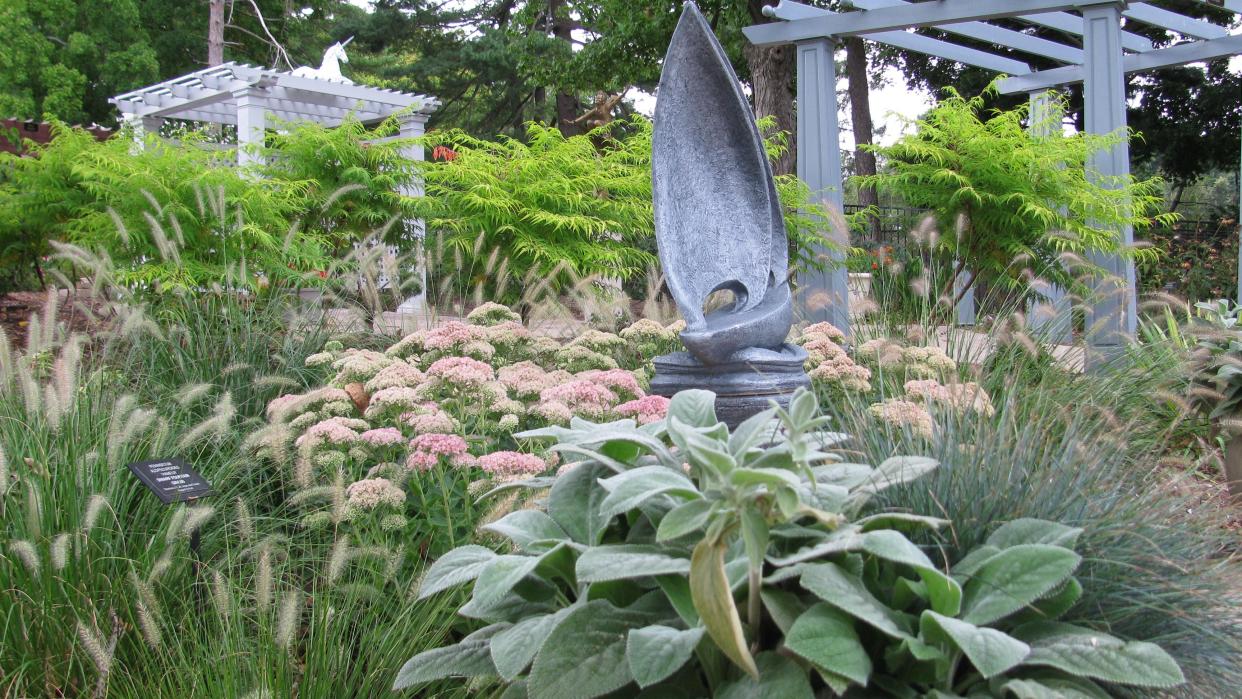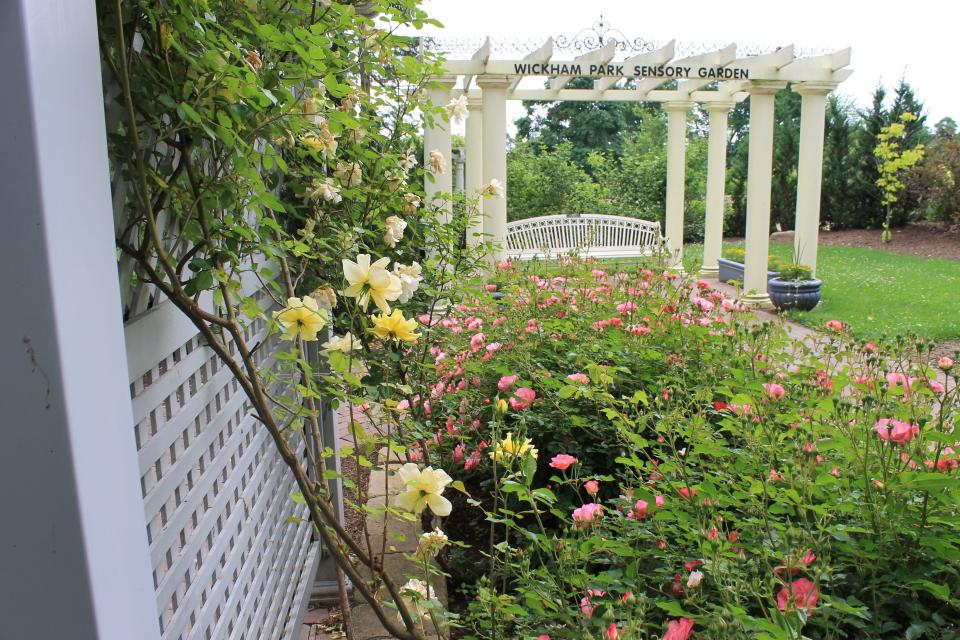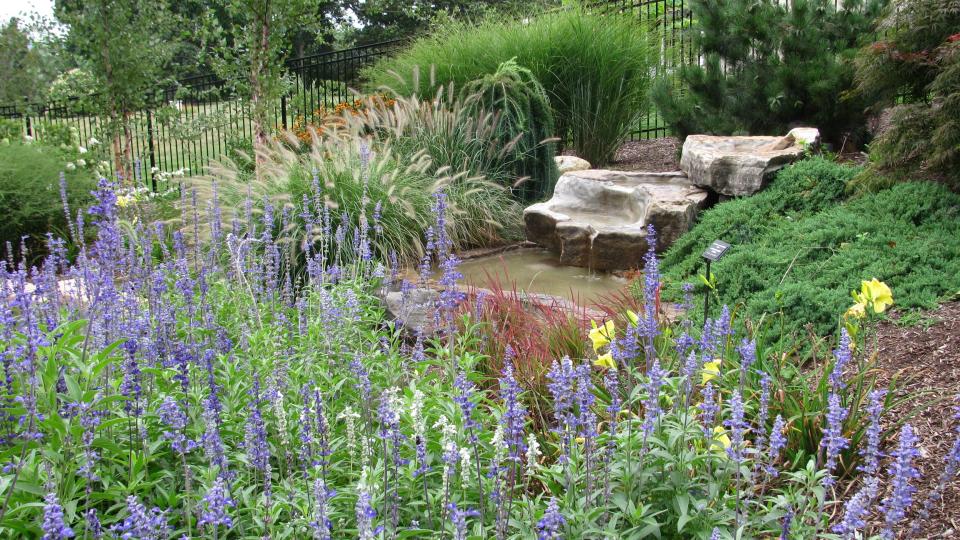What is a sensory garden? Here's a helpful guide on how to build one

A well-rounded garden should be a joy to see.
And smell. And touch. And even hear and taste.
So-called "sensory gardens" offer opportunities to cover all bases. One of the nation's largest opened in 2010 as part of the 250-acre Wickham Park near Hartford, Connecticut.
"We divided experiences in five garden rooms, each sense with its own 'room' and a final one for imagination," said Jeff Maron, director emeritus of the park.
"In the different gardens, we try to put something that relates to the senses such as smell — plants with pleasant odors; taste — we use harvestable plants, such as fruits and berries; touch — we use plants that are soft and are pointed; and sound — we use a water feature, a fountain and wind chimes."

Here's how gardeners can hit all five notes in their own sensory garden:
Sight
Pick plants that provide a variety of colors, textures and shapes, from vibrant flowers to muted grasses and shrubs. Taper plant heights, from ground cover to shrubs, and be sure to pick a mix that offers year-round interest, Maron advises.
Smell
Popular plants known for their fragrance include viburnum, lilac, hyacinth, jasmine, gardenia and garden phlox. Some can overwhelm neighboring scents, so be careful to separate them and use them sparingly. Milder but just as pleasing can be pine, nasturtium or herbs.
Taste
Fruits and vegetables are always options, but for those who don't want to battle critters, flowers such as violets, pansies and bee balm are edible. Otherwise, herbs such as thyme, rosemary, basil and dill are easily grown and offer a useful bonus for cooks.
Sound
From the gentle whisper of wind through grasses to the rattle of dried seedpods, gardens can offer audible pleasure. Gardeners can augment those sounds of nature by installing feeders or planting flowers to attract birds and bees, or by adding a water feature or chimes.

Touch
From rough bark to smooth succulents, feathery ferns and soft lambs ear, gardeners should seek a variety of textures and surfaces to complement the sights, sounds, smells and tastes of a well-curated sensory garden.
jweiker@dispatch.com; @JimWeiker
This article originally appeared on The Columbus Dispatch: Gardening tips: Sensory gardens offer more than just pretty flowers

